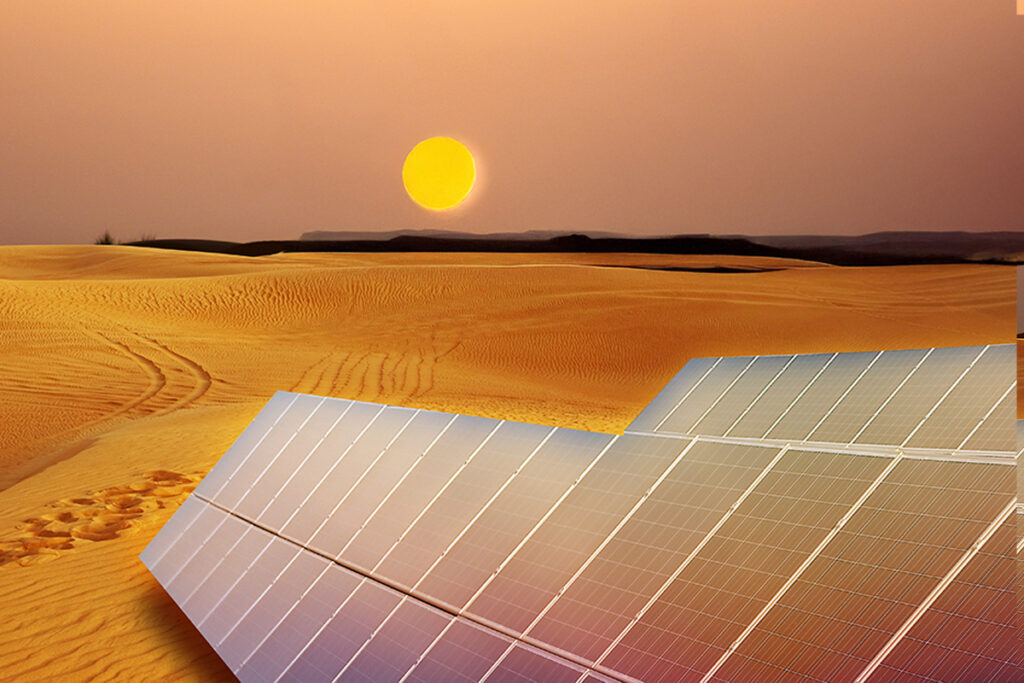In the heart of the Kubuqi Desert in northwestern China, an ambitious renewable energy initiative is transforming the arid landscape. Dubbed the Solar Great Wall, this sprawling solar farm will extend 400 kilometers (250 miles) in length and 5 kilometers (3 miles) in width by its planned completion in 2030.
In contrast to the ancient Great Wall of China, celebrated for its historic engineering, this contemporary project seeks to set a new standard in sustainable energy. Designed to generate up to 100 gigawatts of electricity, the Solar Great Wall is poised to become one of the world’s largest solar farms. Already, 5.42 gigawatts of solar panels have been installed, leveraging the desert’s abundant sunshine—approximately 3,100 hours annually.
As a cornerstone of China’s renewable energy strategy, this project is set to produce an astounding 180 billion kWh of electricity per year by 2030. This output will surpass Beijing’s total electricity consumption in 2023, which stood at 135.8 billion kWh, and will also supply clean energy to neighboring regions. The initiative underscores China’s commitment to addressing its energy demands sustainably.
The Solar Great Wall is not only an energy powerhouse but also an environmental game-changer. By generating renewable energy, it will cut carbon emissions by an estimated 31.3 million tons annually, significantly contributing to China’s ambitious climate goals. Furthermore, the project plays a vital role in combating desertification, a persistent challenge in the region.
The solar panels, in addition to collecting sunlight, serve as physical barriers against desert winds, stabilizing the sand and promoting vegetation growth by providing shade. This innovative approach supports a broader effort to reclaim 27 million hectares (67 million acres) of desert land across China. Over the past four decades, one-third of the Kubuqi Desert has already been restored, with projects like the Junma Solar Power Station paving the way for ecological recovery.
The Solar Great Wall continues this progress by combining renewable energy development with environmental restoration. Areas once barren are now flourishing with greenery, thanks to a harmonious blend of engineering and nature-focused solutions.
When fully operational, the Solar Great Wall will symbolize China’s leadership in renewable energy innovation and environmental stewardship. This innovative project demonstrates how extensive clean energy infrastructure can harmoniously integrate with ecosystem restoration, paving the way for a more sustainable and environmentally friendly future.


